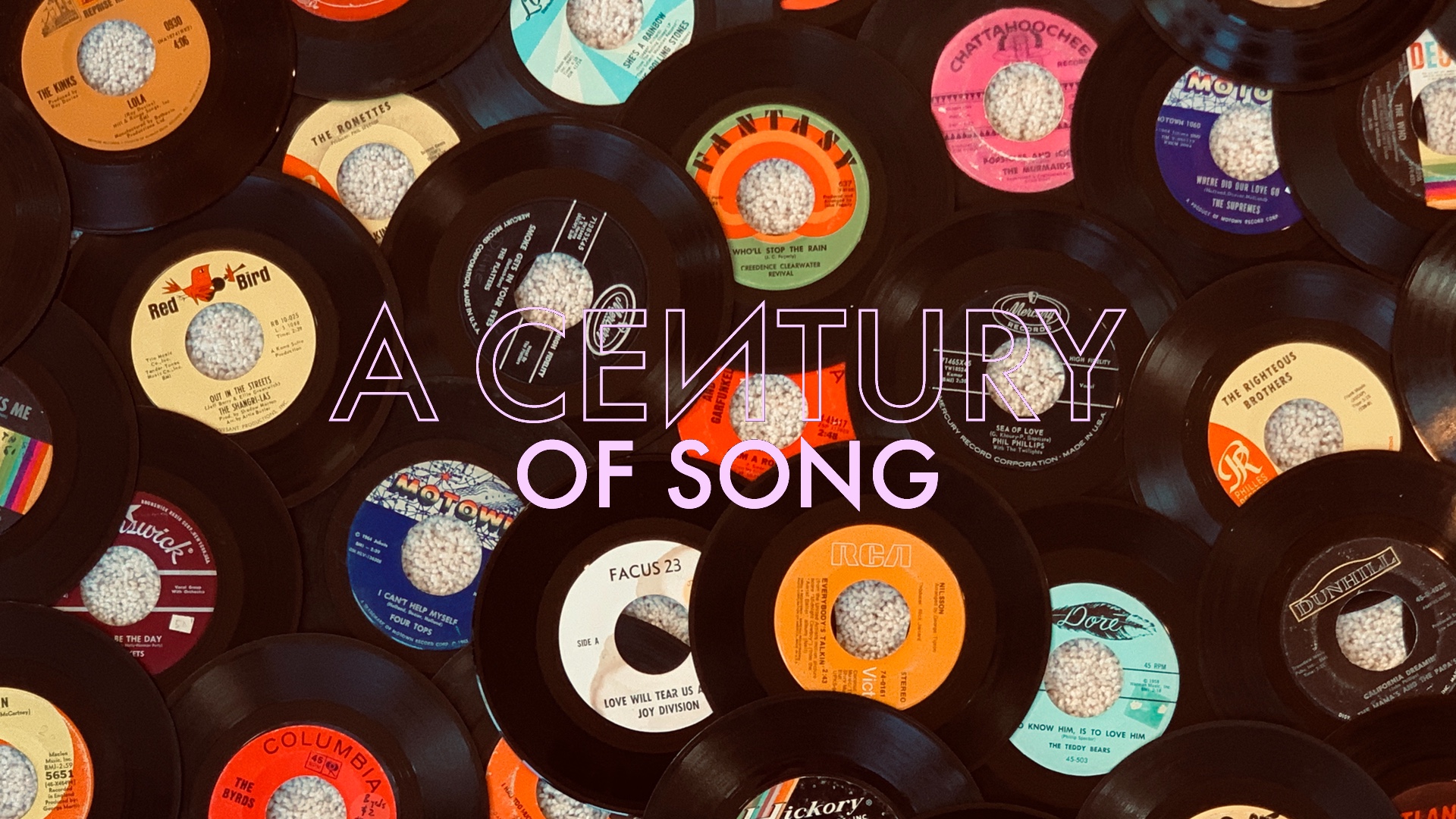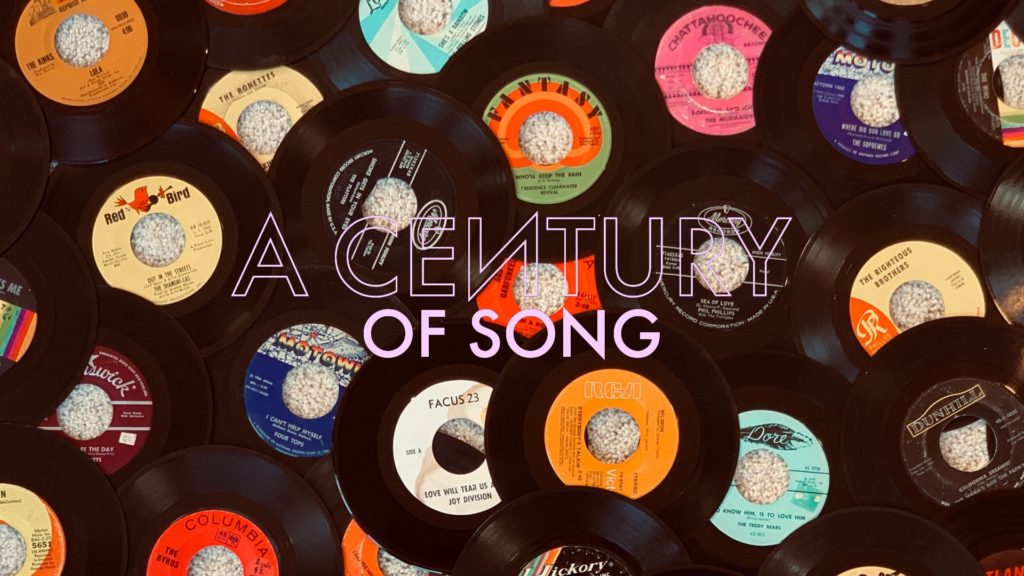
A Century of Song is an attempt to summarize 100 years of popular music through 1000 carefully chosen tracks. Included within this list are landmark singles, stellar album cuts, huge hits, hidden gems, and more than a few personal favorites. Read the introduction for the project here, and enjoy the embedded videos and Spotify playlist.
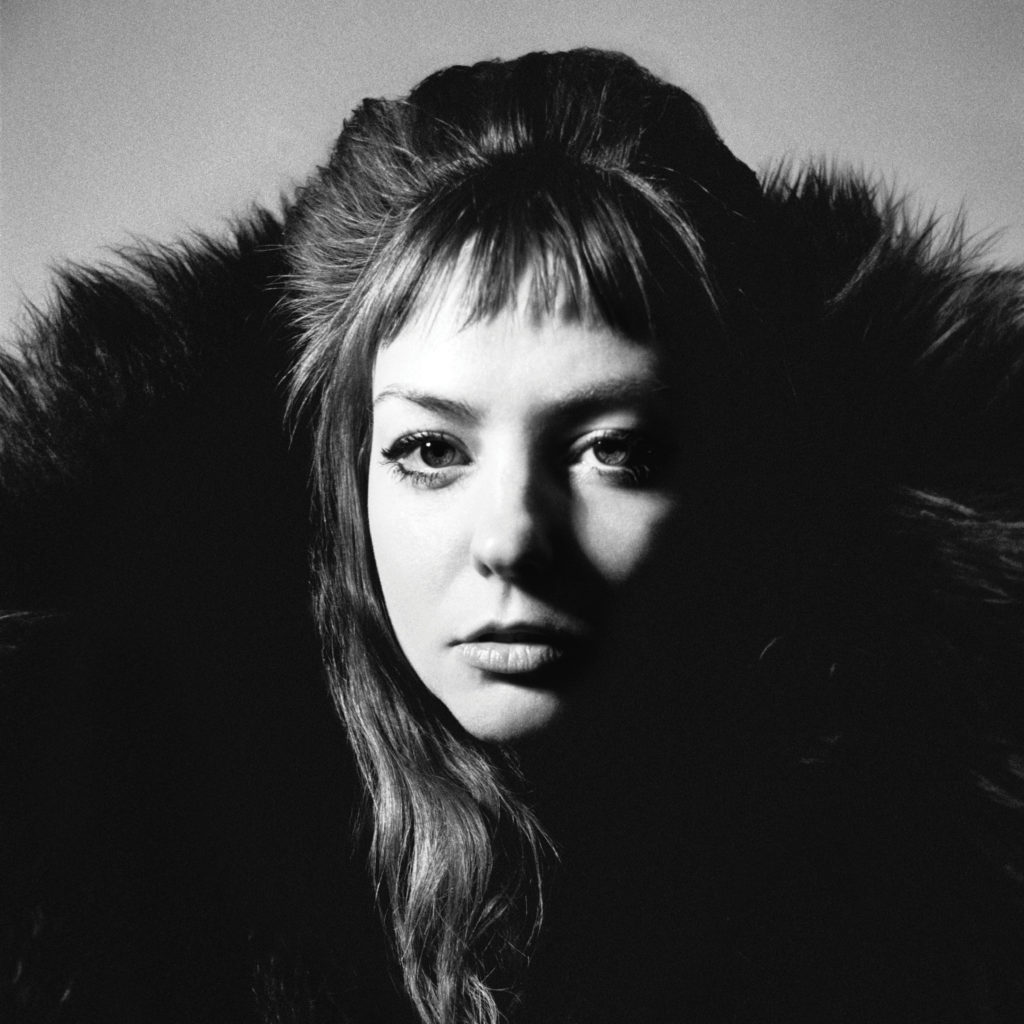
980
Angel Olsen’s fourth album, All Mirrors, found the Chicago-based singer-songwriter moving further away from the folk leanings of her earlier work on a set of lushly-arranged tracks. It’s a consistently excellent record, and her strongest work to date.
The closing track of All Mirrors, “Chance” is a stately denouement that showcases Olsen’s remarkable vocal work and producer Ben Babbitt’s soaring orchestral arrangement. While it stands a world apart from the sparse recordings that first put her on the map, “Chance” retains the intimacy of Olsen’s best work, despite its grand surroundings.
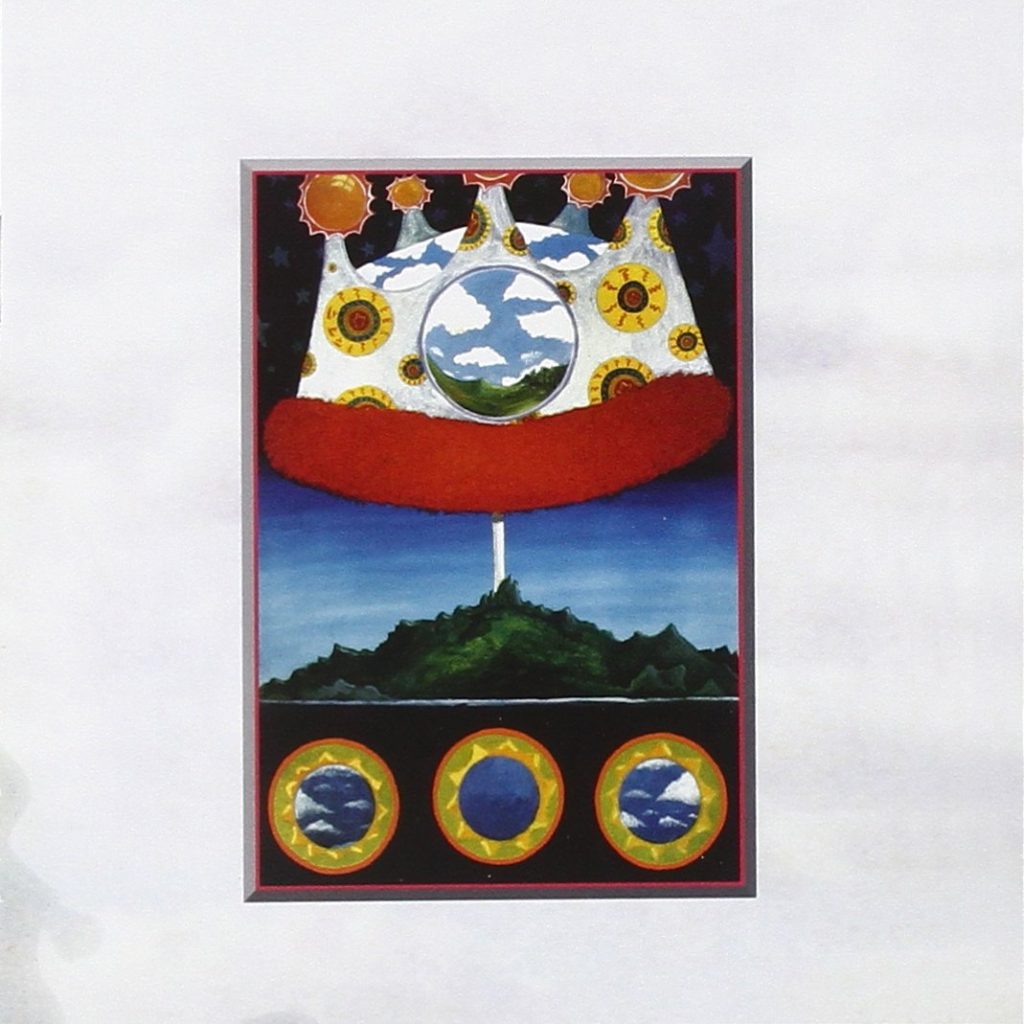
979
The Elephant 6 Recording Company is a musical collective founded by childhood friends from Ruston, Louisiana, who – together and separately – formed a number of bands, mostly centered around the Athens, Georgia scene. In many ways, the central project of “E6” was The Olivia Tremor Control, the brainchild of Bill Doss and Will Cullen Hart – sixties-obsessed “lo-fi” enthusiasts, who released their remarkably period-appropriate debut album, Dusk at Cubist Castle, in 1996.
Dusk at Cubist Castle is a double-LP that brilliantly blends sixties pop with wildly experimental sound collages. Its most direct moment, “Jumping Fences,” could trick even the most-knowledgeable psych enthusiast that they were listening to a long-lost single from 1967 – and a fantastic one at that. Doss’ soaring vocal melody is complemented by airy harmonies and a wall of psychedelic fanfare, all captured in a gloriously warm analog recording.
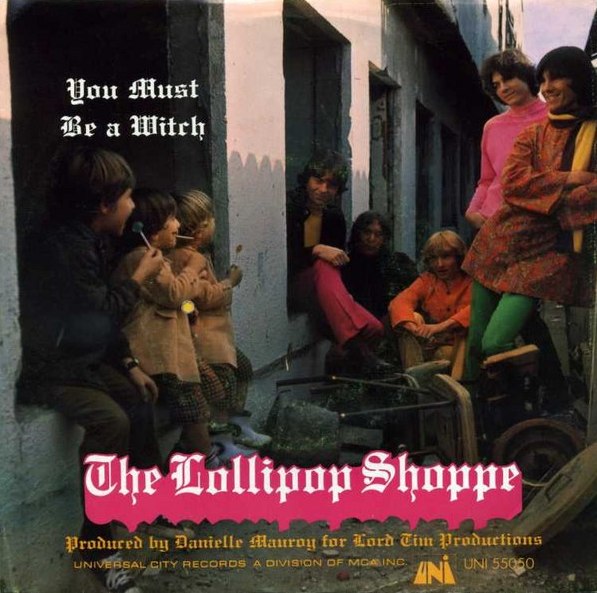
978
While the Elephant 6 bands looked back to the sixties for inspiration, this relative-obscurity from 1968 sounds several years ahead of its time. Formed in Portland in 1966, The Lollipop Shoppe’s best-known track seems to anticipate punk in both its manic energy and Fred Cole’s breathless lead vocal.
Originally known as The Weeds, The Lollipop Shoppe may have had a name that drew a connection to the bubblegum sounds of the time, but the ferocity of “You Must Be a Witch” sounded like nothing on the pop charts in 1968. Unsurprisingly, it made little impact outside of the Pacific Northwest, but it would live on as a favorite of garage rock aficionados.
Following the eventual dissolution of The Lollipop Shoppe, Fred Cole would remain in Portland, where he became a mainstay of the local scene with a series of short-lived projects. He eventually formed the much-loved band Dead Moon with his wife, Kathleen “Toody” Conner, settling into a successful career as a cult favorite before his death in 2017.
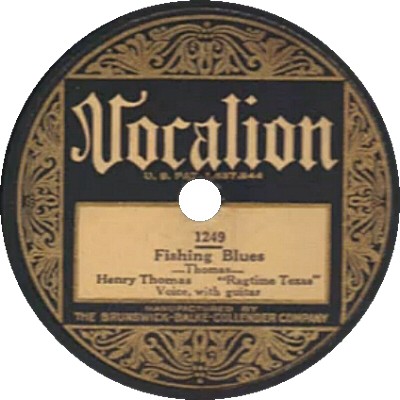
977
Born in Texas in 1874, Henry Thomas is the earliest-born artist to appear on this list. Recording his entire catalog while in his fifties, Thomas was something of a rarity among the generally much-younger “songsters” of the 1920s. He was also unique in the use of his signature instrument, the panpipes.
Thomas was the first singer to record “Fishing Blues” – though accounts of its true authorship vary – and his version would set the standard for the many interpretations to follow. While technically a blues song, it’s a joyous recording, even before Thomas’ panpipe melody enters after the first chorus.
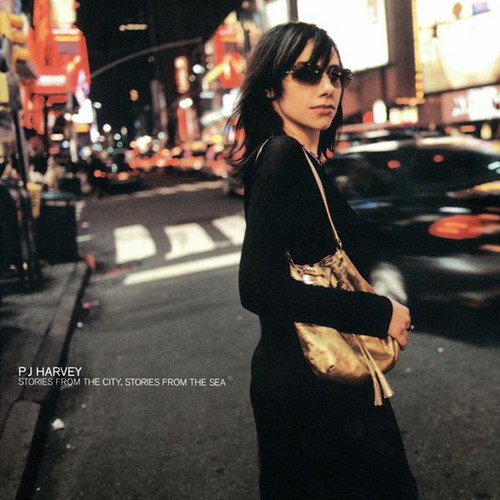
976
PJ Harvey hit the scene with the raw sound of her debut album Dry in 1992. Equal parts punk and blues, the album was a critical hit that spawned even better successors. By the time of 2000’s Stories From the City, Stories From the Sea, Harvey’s sound and songwriting had become far more versatile and nuanced, while remaining as passionate as ever.
One of many highlights from Stories From the City, “Good Fortune” stands among the most direct tracks in Harvey’s catalog. There’s a nervous energy to the song’s post-punk arrangement, and while Harvey had rarely been noted for her radio-friendly accessibility, her whirling vocal in the verses makes for an excellent hook.

975
Janelle Monáe arrived on a wave of critical acclaim with her debut album, The ArchAndroid, in 2010. Monáe’s embrace of sci-fi conceptualism made her stand out from the pack of contemporary R&B artists, as did the considerable range of her talents.
The highlight from The ArchAndroid is the album’s second single, “Cold War” – a high-tempo track that impressively displayed both Monáe’s vocal abilities and her production skill. The instrumental backing – mostly provided by Nate “Rocket” Wonder – features a range of vintage keyboards, creating a lushly evocative soundscape.
Both “Cold War” and its parent album were hits with critics, helping to pave the way for Monáe’s eventual commercial breakthrough with her subsequent releases. She remains one of the most intriguing artists in mainstream pop music.
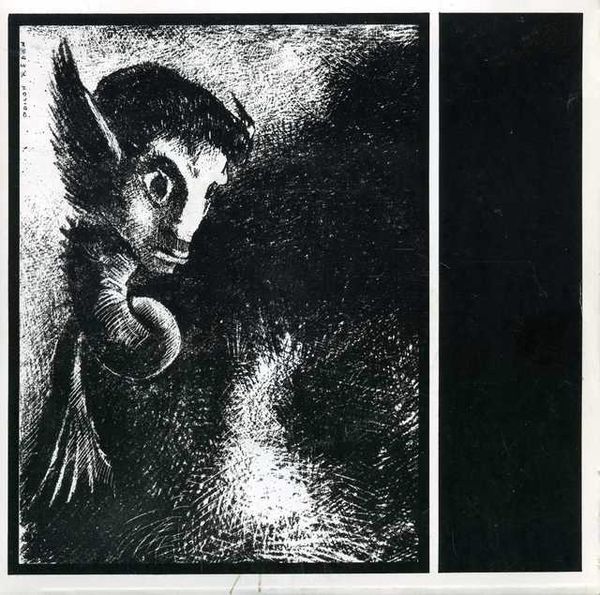
974
Howard Devoto left Buzzcocks in 1977, not long after the pioneering punk group released their first EP, Spiral Scratch. Devoto promptly formed Magazine, which found him moving away from the pop-based leanings of his previous group, and toward a sound that would soon become known as “post-punk.”
“Shot By Both Sides” is Magazine’s signature song – a blast of dark aggression highlighted by John McGeoch’s sinister guitar riff. Devoto had “borrowed” the riff and underlying chord progression from former-bandmate Pete Shelley, who would later use it for his own song, “Lipstick.” While both tracks are excellent, it’s Devoto’s that stands as a classic exemplar of art punk.
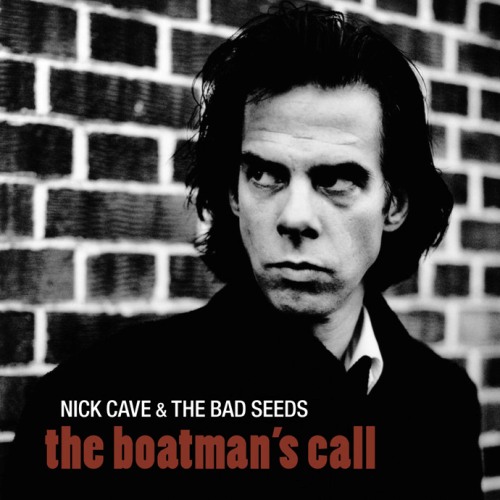
973
Throughout his earlier career with The Birthday Party and The Bad Seeds, Nick Cave had been largely associated with aggressive post-punk music. Even though he had dialed down the volume on occasion, 1997’s sparse, piano-based album The Boatman’s Call represented a significant departure from Cave’s past.
The opening track from The Boatman’s Call finds the Australian singer-songwriter in an introspective and sombre mood. Taken in pieces, it could been seen as a romantic song, but it’s laced with regret and melancholy, as Cave reflects on a love that has fallen out of his reach. It’s a touching ballad, displaying a side that – up to that point – had been rarely seen from the master songwriter.
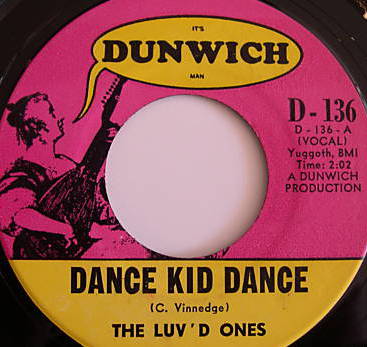
972
I wrote extensively about Char Vinnedge and The Luv’d Ones in an earlier feature for Strange Currencies, and the pioneering garage band makes the list with their best track, “Dance Kid Dance” – a song that should be regarded as a garage classic, but remains little-known.
“Dance Kid Dance” is not only a rarity in that it was an original composition by an all-female band, but it also found Vinnedge penning a forceful anti-war statement as the conflict in Vietnam was rapidly escalating. Few American garage bands took political stances in their music – especially in 1966, still at least a year before the anti-war movement found its momentum. Vinnedge’s low-tuned guitar and ominous lyrics – and the harmonies of her bassist sister Chris and rhythm guitarist Mary Gallagher – give the song a darkly eerie feel.
The Luv’d Ones broke up well before the war in Vietnam ended, but their signature song remains a powerful reminder of the price that America’s youth paid in the conflict, and the legitimacy of those who voiced their opposition to it.
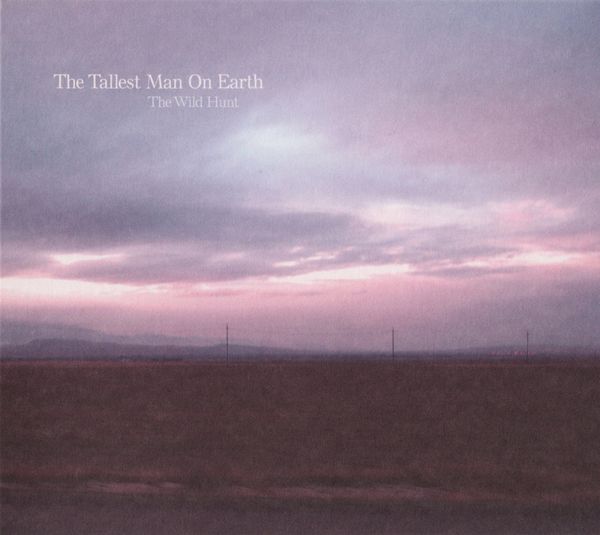
971
Swedish folk singer Kristian Matsson – aka “The Tallest Man on Earth” – arrived on the scene to a host of Bob Dylan comparisons with his 2008 debut, Shallow Grave. While some of those comparisons can be chalked up to lazy journalism, Shallow Grave truly was an assured set of excellent songs, and it would be equalled by its follow-up album, 2010’s The Wild Hunt.
The centerpiece of The Wild Hunt, “Love Is All,” finds Matsson in his typically sparse surroundings – just his voice and acoustic guitar – but it has a darkly mournful and lonesome quality that makes it particularly poignant. That poignancy is driven home in the song’s beautiful video, which manages to capture the track’s juxtaposition of warmth with coldness.
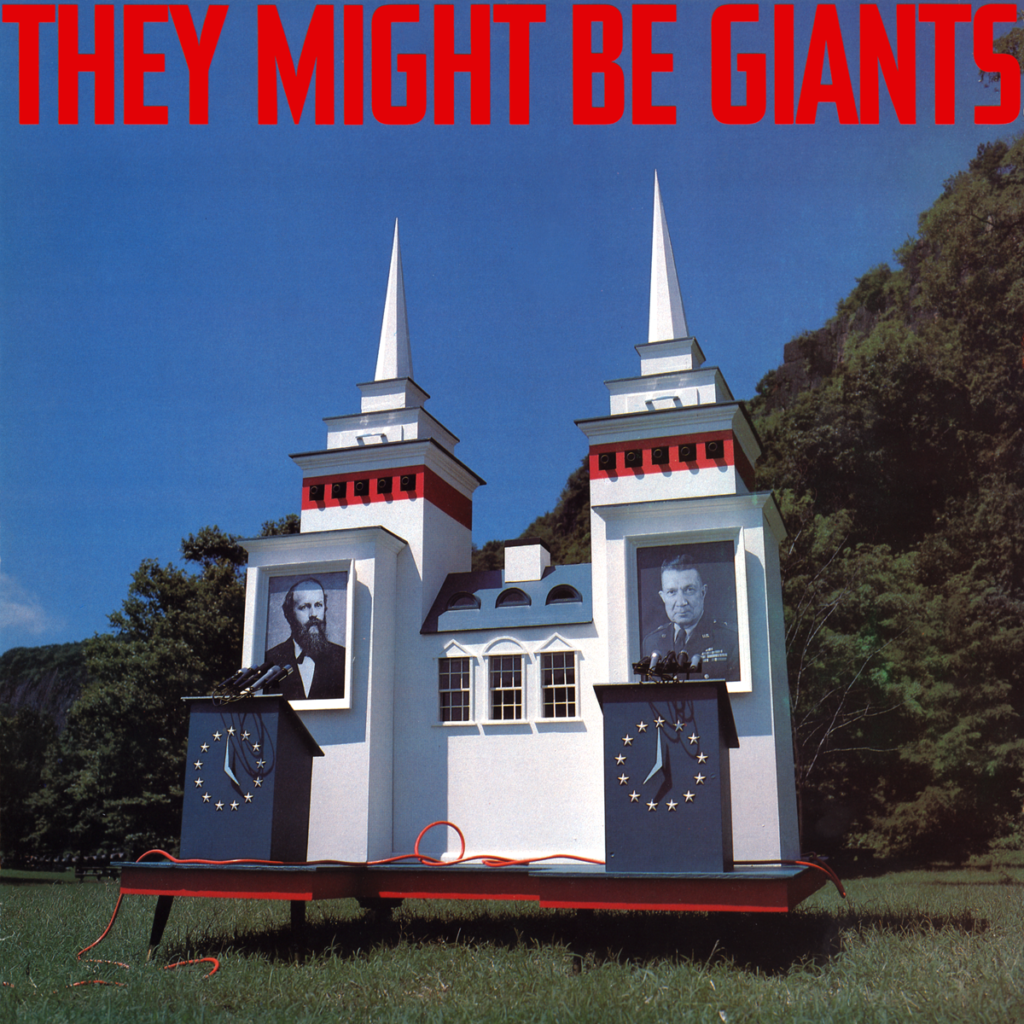
970
Over the past thirty-plus years, They Might be Giants have carved out one of the most improbable success stories in modern pop music. However, anyone convinced that the Brooklyn duo-turned-band are merely a novelty act should familiarize themselves with this track from the group’s fantastic second LP, 1988’s Lincoln.
Clothed in one of John Linnell’s most endearing melodies, “They’ll Need a Crane” is an examination of a relationship destroyed beyond repair. Linnell provides few details about “Gal” and “Lad,” but manages to paint a remarkably human portrait regardless. Within its coded messages of infidelity, depression, and alcohol abuse, “They’ll Need a Crane” is a heartbreaking tale, delivered with a sincerity and empathy that They Might be Giants are rarely credited with.
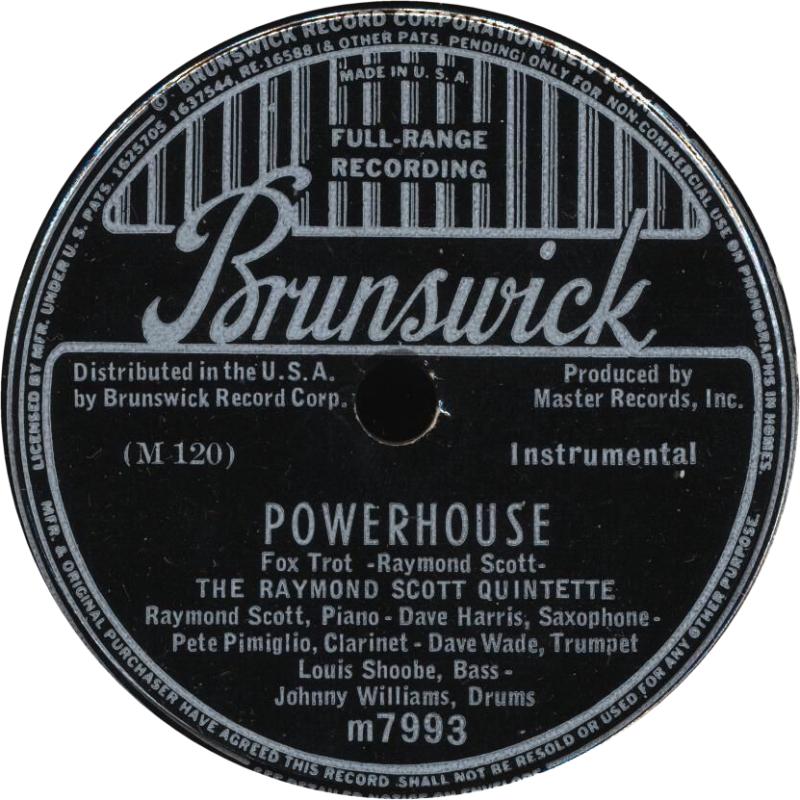
969
If this track isn’t immediately familiar to you by name, give the video below a click. Within a few seconds, you’re likely to think, “oh, I know that song.” A long-time standard of manic cartoon sequences – frequently used in Warner Brothers shorts and The Simpsons, among many others – Raymond Scott’s signature track is a cross-generational favorite, even among those who don’t “know” it.
The pop culture ubiquity of “Powerhouse” distracts from just how unique and (for its time) experimental the track is. Predating the manic sounds of bebop by several years, Raymond Scott and his bandmates seem to anticipate the work of artists like Charlie Parker and Dizzy Gillespie with the fast tempo and complex composition of “Powerhouse.” It may have soundtracked many iconic scenes, but it’s a worthy track all on its own.
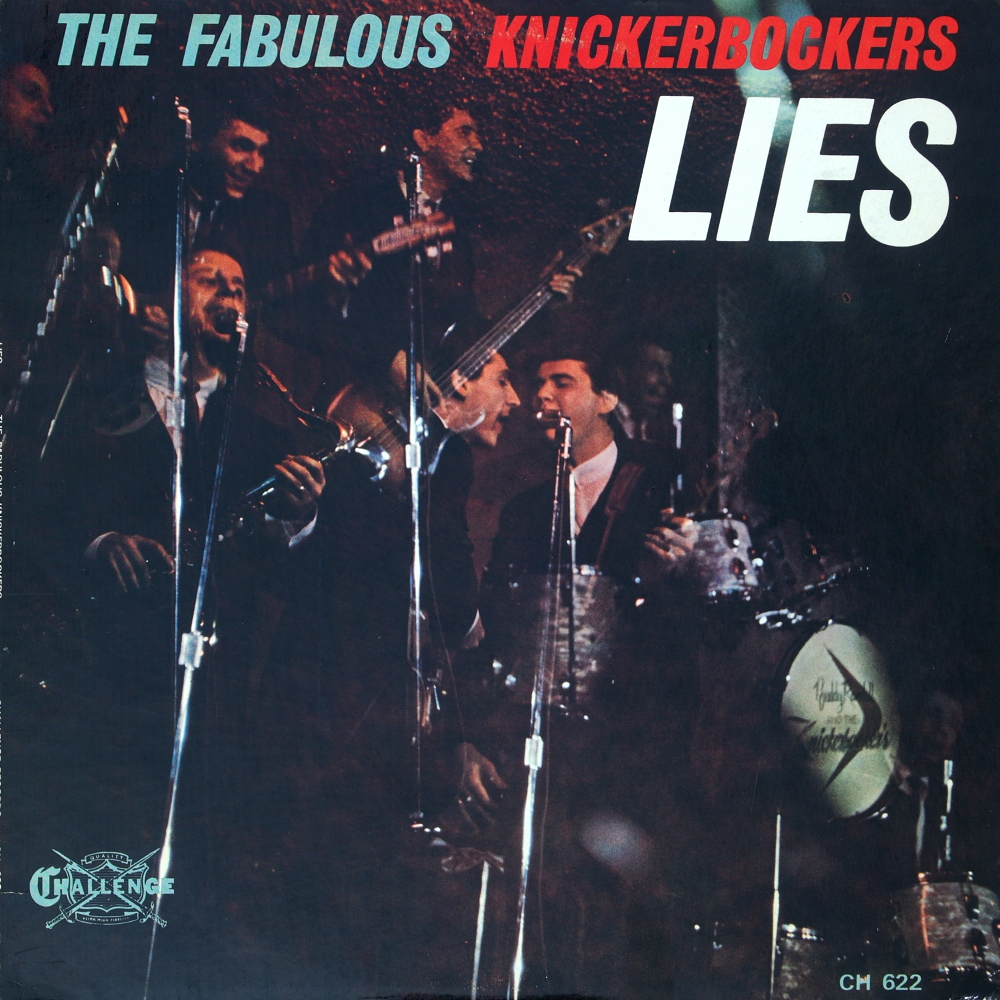
968
No, it’s not The Beatles, but you could be forgiven for momentarily thinking that you were listening to a lost track from the sessions for A Hard Day’s Night. Like countless other young Americans, the kids who formed The Knickerbockers were swept up in Beatlemania, but unlike most of those other youngsters, the New Jersey quartet actually scored a hit of their own.
“Lies” was a top 20 single, and the title-track to the group’s 1966 album for the Los Angeles-based Challenge imprint. It’s a fast-paced, energetic track that finds vocalist Buddy Randell doing a pretty convincing impression of John Lennon. While it’s tempting to dismiss the song as a rip-off, “Lies” is an excellent single that shows the impact of the British Invasion on American musicians.
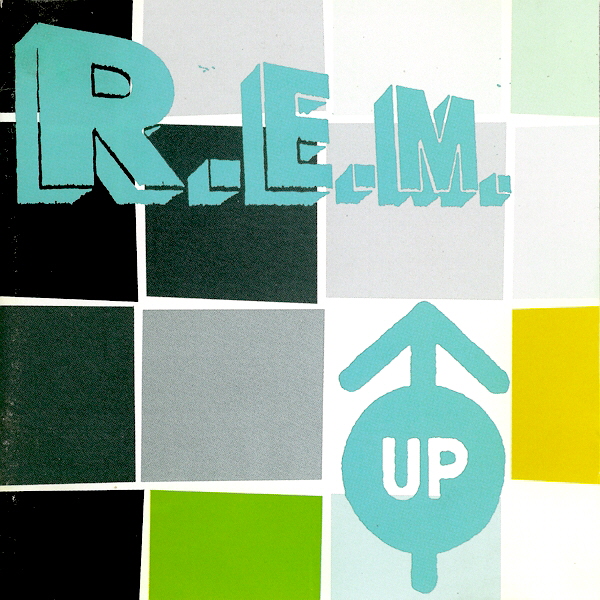
967
Drummer Bill Berry left R.E.M. in 1997, forcing the group to reinvent itself on 1998’s Up. While Up was a divisive record among critics and fans – and is overdue for a reevaluation by both – its centerpiece track is one of the band’s most underrated songs.
An homage to Pet Sounds-era Beach Boys, “At My Most Beautiful” stands at odds with the cold electronic sounds that Up is generally remembered for. It also continues the band’s progression away from the lyrical abstraction of their earlier work, to create one of the most direct and personal songs in their entire catalog.
It was “At My Most Beautiful” that ultimately piqued my curiosity about The Beach Boys, and led me to purchase Pet Sounds toward the end of 1998. It’s fitting that my favorite band would lead me to my favorite album.
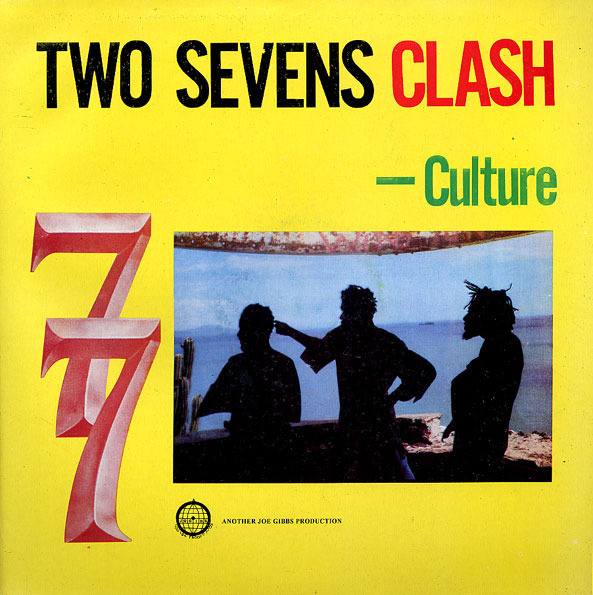
966
For a song that delivers an apocalyptic message, the signature track from Kingston, Jamaica’s Culture sure sounds upbeat. Taking its inspiration from a prediction by Pan-African icon Marcus Garvey, “Two Sevens Clash” is a stern warning in the face of certain doom.
The “two sevens” of the title refer to the date of July 7, 1977 (7/7/77), of which Garvey had apparently predicted that chaos would reign. Rather than reflecting the end-times with tension, Culture rides out a wonderfully laid-back rhythm, while leaving the heavy stuff for the lyrics – delivered in fine form by vocalist Joseph Hill.
The chaos that Garvey had prophesied didn’t materialize, but “Two Sevens Clash” managed to capture the imagination of a Jamaica that believed it might. The song became an anthem, and it stands as one of the finest reggae tracks of all-time.
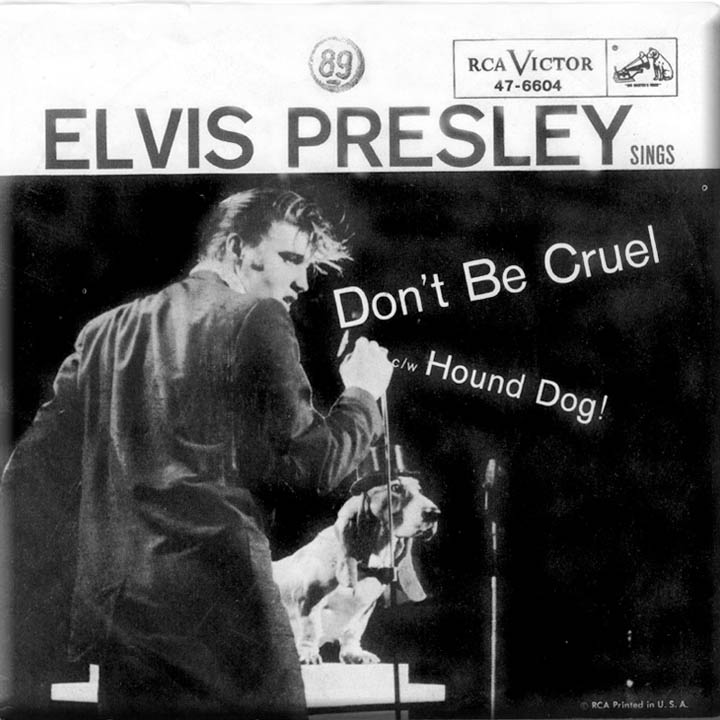
965
One of Elvis Presley’s biggest hits, “Don’t Be Cruel” was written by Otis Blackwell – an R&B singer-songwriter of whom Presley was a fan. The song helped to launch Presley into the realm of superstardom, and – according to Blackwell – earned its composer $25.
Somewhat of a departure from the rockabilly tracks that Presley had recorded for Sun Records at the start of his career, “Don’t Be Cruel” finds Elvis backed by the vocal harmonies of The Jordanaires – a Missouri quartet that he would work with extensively on future recordings. It’s a charming number that marries the raw sound of Presley’s earlier work with the polish of his subsequent records.
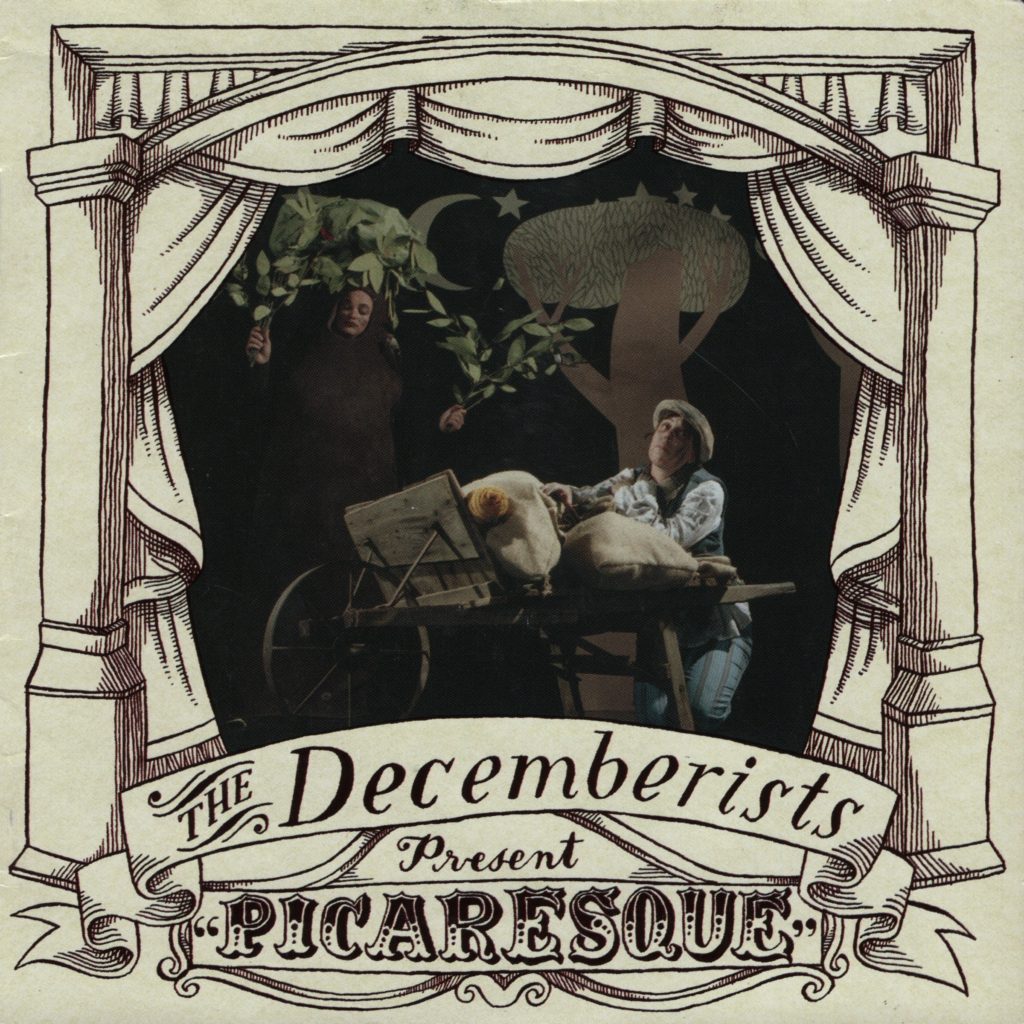
964
In the chorus of this track from 2005’s Picaresque, Decemberists frontman Colin Meloy sings of being “a writer of fictions.” While he’s describing the character in the song’s title, it’s true of himself as well. Meloy – in addition to being a published author – put the Portland band on the map with his narrative approach to songwriting. While adeptly spinning tales of various rogues and scoundrels, Meloy also displayed a knack for empathetic character portraits.
In terms of Decemberists songs, “The Engine Driver” is relatively short on specifics. There are no murders, suicide pacts, or revenge fantasies. What is there is the song’s lilting melody and feather-lite arrangement, both of which stand among the band’s best. While there are perhaps more characteristic tracks by the group, this is arguably the song that best summarizes their many strengths.
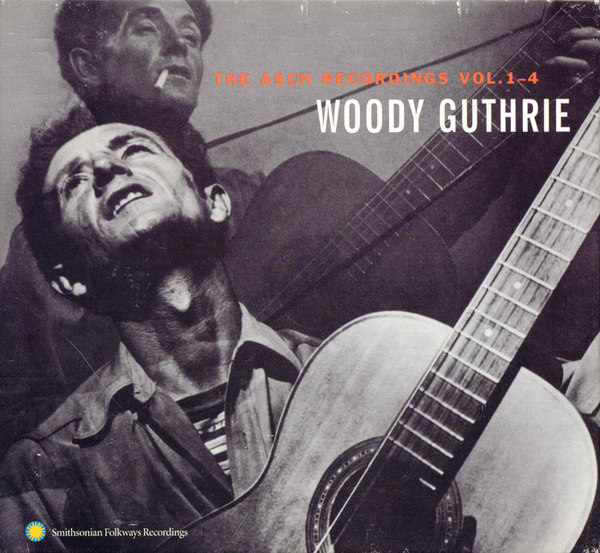
963
In the opening chapter of his semi-autobiographical Bound for Glory, Woody Guthrie describes a scene in which he’s riding in a boxcar, among a desperate “gang of lost corpses.” Overcome by dust, the mood inside of the boxcar quickly descends into chaos; fights break out, and Guthrie narrowly flees the madness by escaping to the top of the car.
The boxcar scene that Guthrie describes in “Hobo’s Lullaby” – a song originally recorded by Goebel Reeves in 1934 – couldn’t be more different. In it, the boxcar is a place of solace from the cruel world outside – a world of wind, snow, and trouble-causing policemen. Delivered in one of the most intimate recordings of his career, “Hobo’s Lullaby” stands as one of Guthrie’s most affecting songs, and served as the title-track to his son Arlo’s 1972 album.
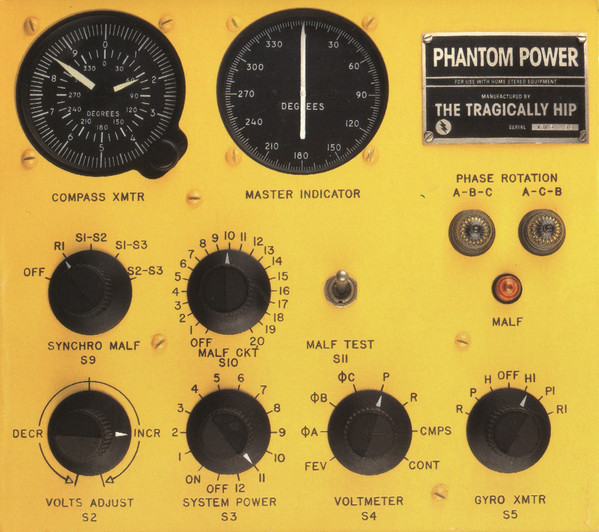
962
Fans of Kingston, Ontario’s The Tragically Hip are somewhat rare south of the forty-ninth parallel, but for over twenty years, “The Hip” were essentially “Canada’s band.” While the band won converts for its blending of blues-based rock with contemporary sounds, it was their lead vocalist – the late Gordon Downie – who was the group’s uncontested focal point.
Downie was a truly unique lyricist, as his oblique narratives weaved historical oddities, sharp pop culture references, social activism, and Canadian folklore into a frequently-intriguing tapestry. One of his greatest tracks, “Bobcaygeon” is a highlight of 1998’s Phantom Power – arguably the most easily accessible album in The Hip’s discography.
In late 2015, Downie was diagnosed with glioblastoma – a terminal brain tumor. He soldiered on through a triumphant final tour with The Tragically Hip, and an excellent farewell album, 2017’s Introduce Yerself. Upon his death in October 2017, Downie was mourned and honored as a national hero.
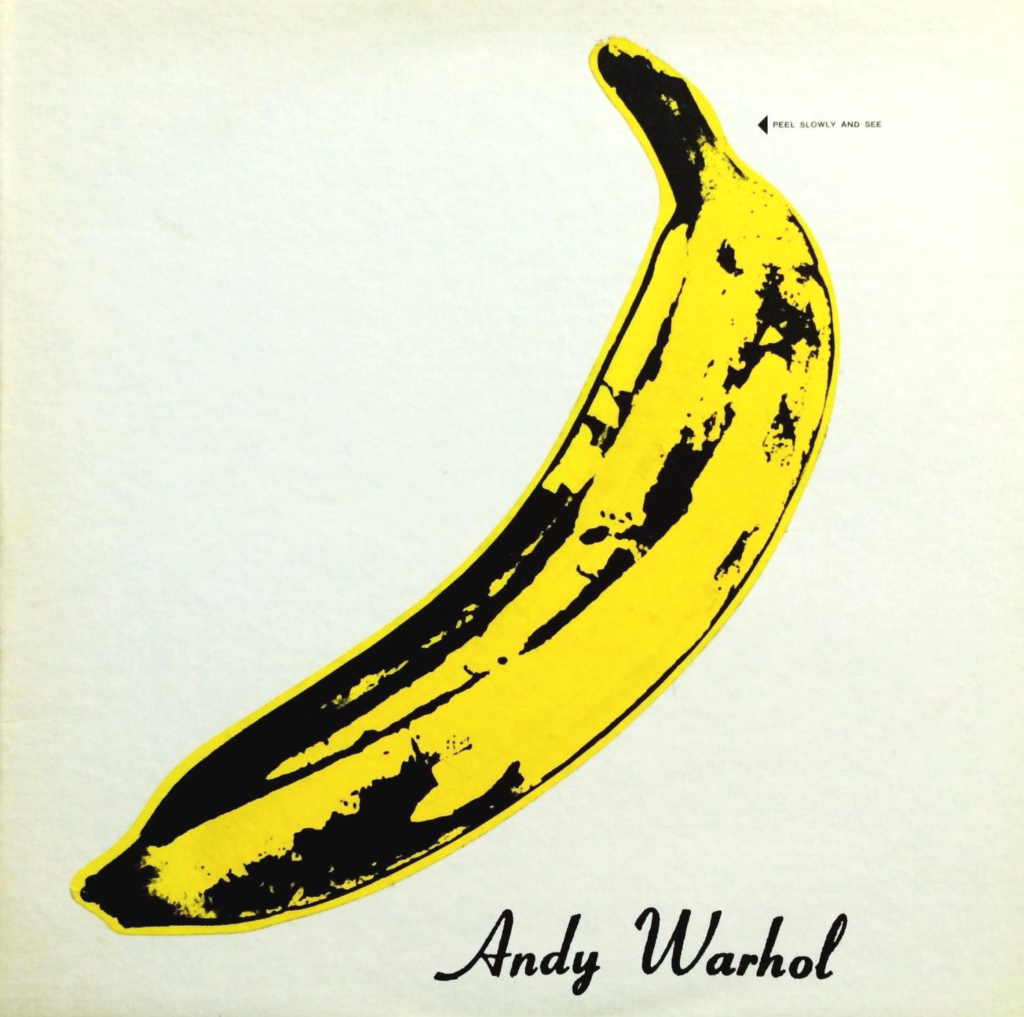
961
While most fans seem to prefer “Femme Fatale” or “All Tomorrow’s Parties,” this has always been my favorite of the Nico-sung tracks from The Velvet Underground’s landmark debut album. I won’t begrudge anyone who chooses the others – they’re obviously great songs – but there’s always been a special appeal about this one.
Though The Velvet Underground & Nico drew attention for its embrace of taboo subjects, experimental musicianship, and Andy Warhol connection, “I’ll Be Your Mirror” comes across as a sincere gesture of affection and emotional support. It’s a remarkably life-affirming piece of songwriting by Lou Reed, who had spent most of the surrounding album detailing nihilistic portraits from the seedy New York art scene. We’ll get to some of those in later installments.


